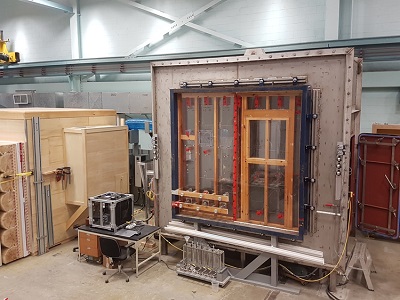 Friday, July 26, 2024
Friday, July 26, 2024  Friday, July 26, 2024
Friday, July 26, 2024 
As blogged on the National Research Council website, to properly design for the future, building practitioners require not only information on the future loads themselves but also on the response of the building enclosure to these loads. It is also important to assess the building’s enclosure and all of its components in a systemic way, to ensure acceptable performance with a reduced risk to premature degradation or failure.
To this end, work relating to climate loads has been on-going to develop modeling data sets that will allow practitioners to simulate the response of enclosures to historical and future projected climate loads. Additionally, maps showing climate load indices will be developed to help practitioners understand the risks to the moisture performance of building enclosures. These risks will be different for different regions across Canada, potentially including more frequent rain events of longer duration, shortened drying periods, increased humidity and changes in freeze-thaw cycles. The mapped climate indices may include the moisture index, annual or seasonal driving rain indices, freeze-thaw index for stone and brick masonry building components, and other indices as relate to the durability of building components.
Work is also underway to complete moisture performance assessments for different types of code compliant building enclosures, typical of both residential and commercial construction, for several key urban locations across Canada. Locations include Ottawa, all of the provincial capitals and other sizable population centers. The moisture performance of building enclosures is being assessed under both historical and future projected climate loads. This will allow researchers to determine the increased risk to degradation of enclosures and enclosure components arising from a changing climate. Results from these studies will form the basis of guidelines for adapting building envelope designs to climate change, including the design of new and the retrofit of existing buildings.
Keep reading this blog on the National Research Council website
Watch the video and learn more about Construction Links Network – the peer-to-peer network sharing platform for the construction, building and design community.
Ideal for YOUR Press Releases | Project Updates | New Appointments | Awards & Milestones | Company News | New Products/Services | Brochures | Videos | Infographics | Blog Sharing | Events and More